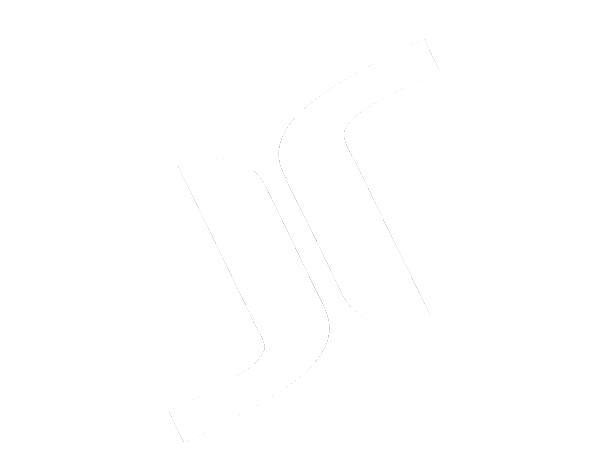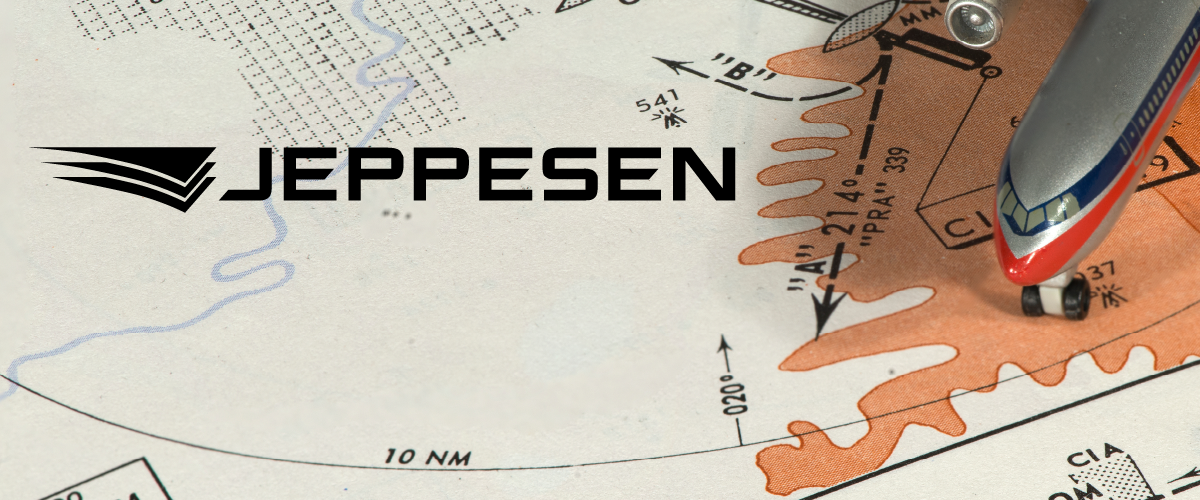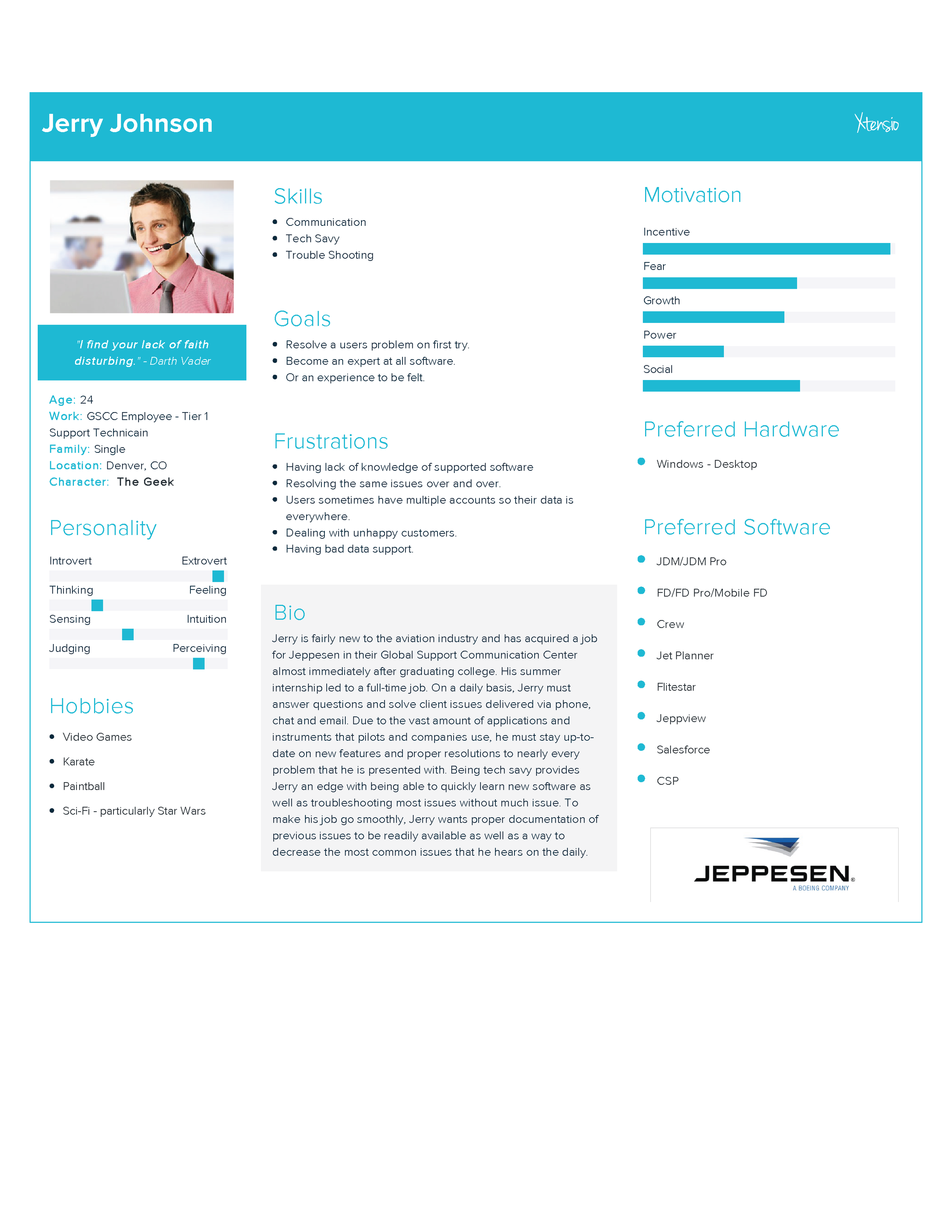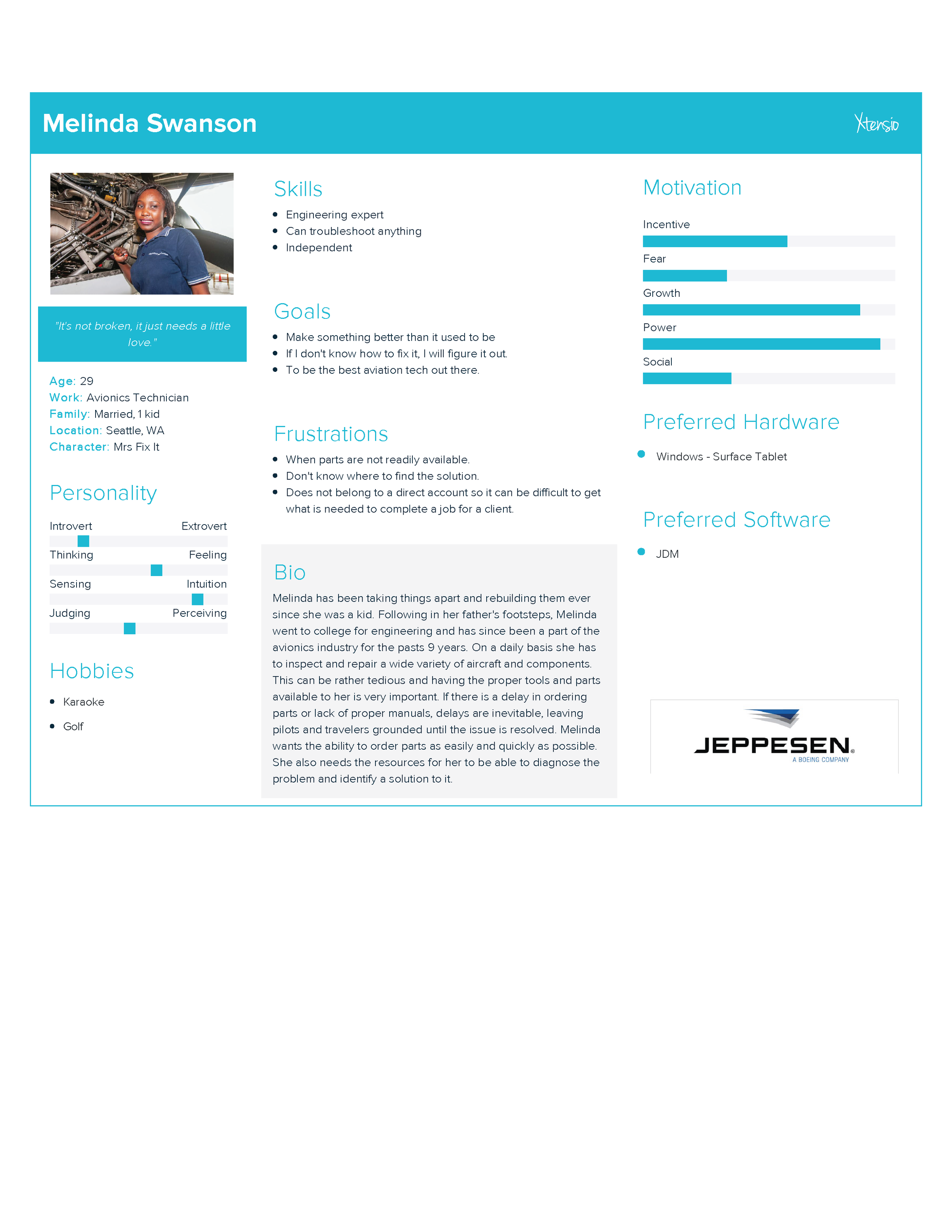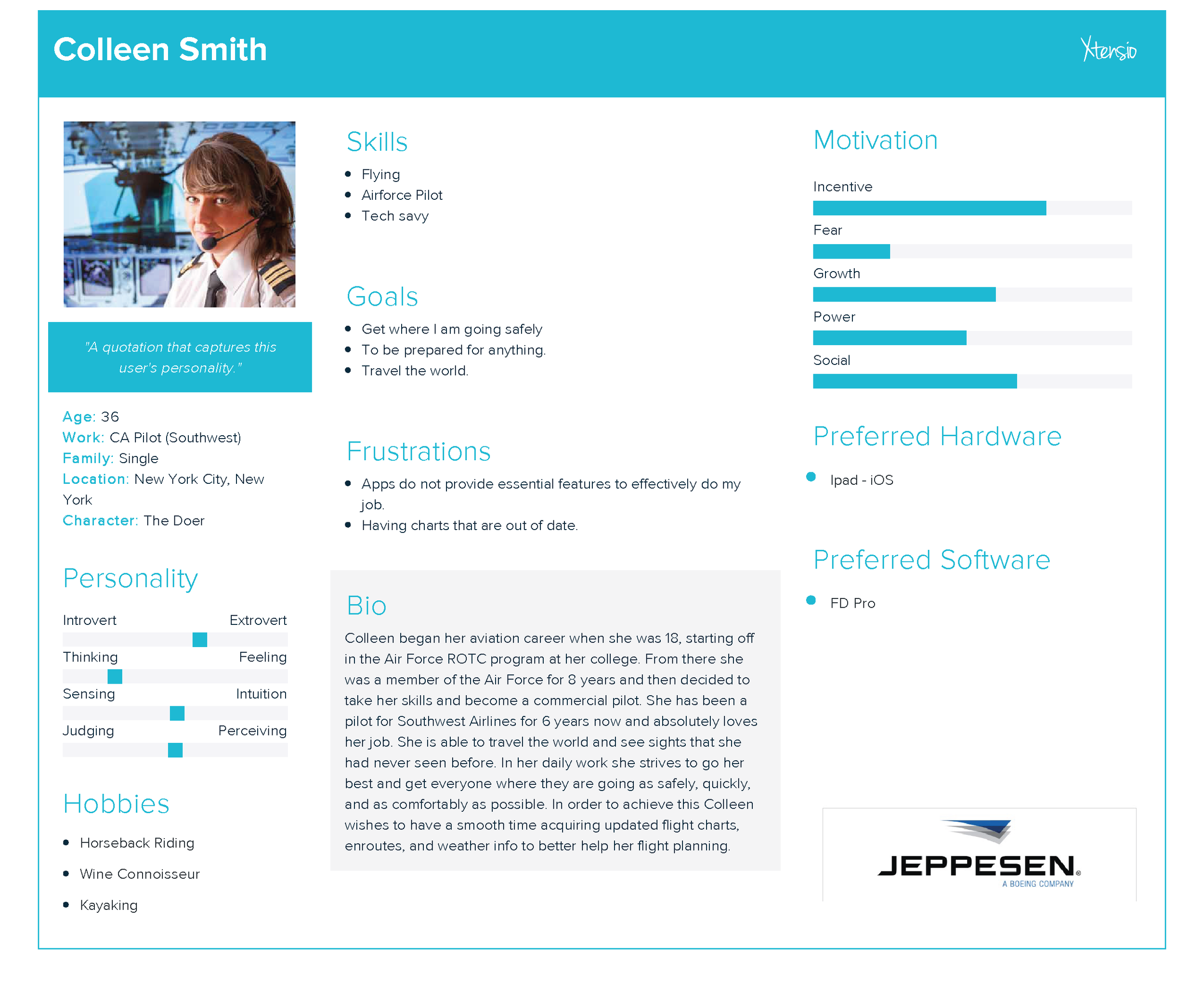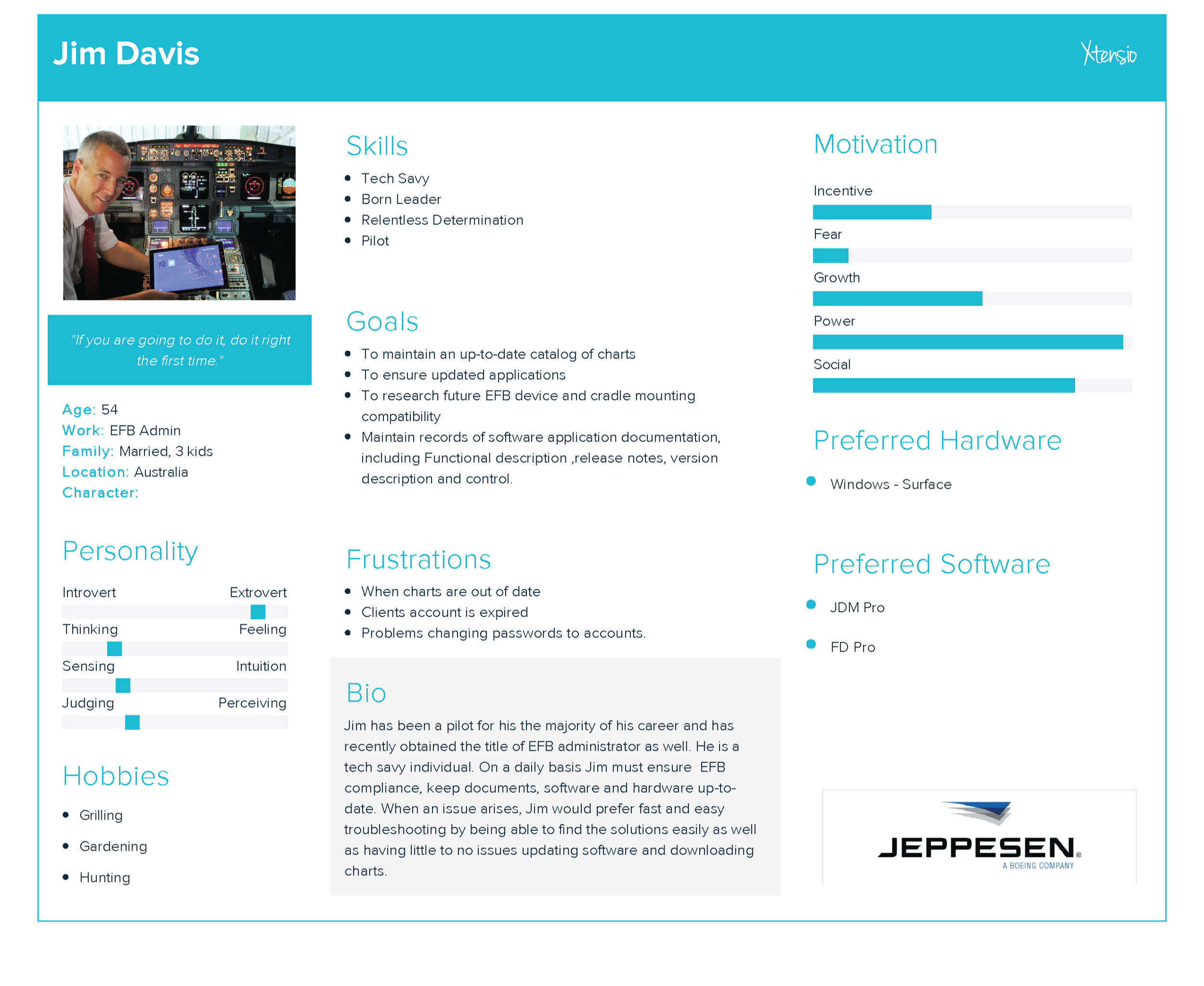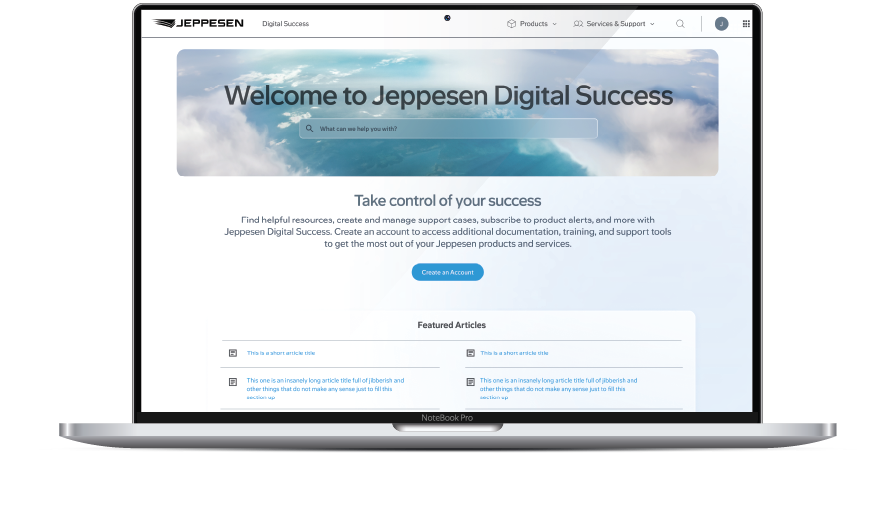Product Designer
UI/UX
User Research
Boeing Global Services is a prominent division of the global aerospace giant, Boeing. Renowned for its commitment to excellence, Boeing Global Services provides comprehensive support solutions to customers worldwide. With a diverse portfolio of offerings, ranging from fleet management and maintenance to digital aviation solutions, this division plays a critical role in ensuring the operational efficiency and effectiveness of Boeing's products and services. Boeing Global Services caters to a broad spectrum of clients, including commercial airlines, defense organizations, and government agencies. Its expertise extends beyond providing spare parts and technical guidance, as it actively collaborates with customers to develop tailored solutions that optimize operational performance, reduce costs, and enhance safety. Through its global network of service centers and partnerships, Boeing Global Services enables seamless support to customers in every corner of the world.
DigitalSucces.Jeppesen.com & Our New CRM
Objective
The company was separating from Boeing as well as utilizing an old technology stack with surmounting tech debt, inability to scale properly, building customer frustration, internal process issues, in-efficient agent support and a step-behind AI, they needed a new platform & CRM to meet industry and tech standards. This endeavor was not just customer support focused, but included a more transparent view of the customer’s account, their products, agent assistance, AI models to help both agents and customers(self-help) and more reliable and accessible communication and management system for all.
Step 1: Analyze the current site and align user needs with business and tech capabilities. Next was to review and understand the newly decided framework which this new site would be built upon and identify any similarities and gaps in needs and design systems. I ended up building a POC in SF Experience Cloud to validate my research and to understand its capabilities and limitations making conversations with the dev team easier. Next, I worked closely with the solution architect to aid in identification of components, environments and integrations, needs for this new site.
Research, Analysis, and Personas
There was a first initial research phase revolved around previous features, customers needs and what to keep in our ‘lift & shift with improvement’ aspect for the primary features for the MVP version that will then be iterated on. This allowed us to retain primary functionality for users while building a scalable and responsive foundation to allow for a more immersive experience than before. This designs also had to take into account an infant design system, still under development and without web consideration, as well as working within the constraints of the Salesforce Design System (SLDS.)
Flows, Mockups and Prototyping
User flows were developed and wireframes to make sure all features of the tool were taken into account. This does not guarantee that everything made it into our MVP version. This was accompanied by prototypes and user testing to validate our decisions. In our design phase we set out to simplify the design and streamline the interactions. There had been numerous excess clicks, improper info architecture, and unneeded movements that a user had to navigate to complete their tasks in the previous site.
The new design allows for not only internal alert creation and sending(old tool), but is enhanced with scheduling, draft creation, alert editing, previewing alert before being sent, searchable distribution lists, CRM integration, and tool analytics.
Early user testing was done with non-coded prototypes created in Figma to validate user flows, and the UI look and feel. Some new requirements were generated based on user feedback and requests for additional functionality. These changes were made to the designs and retested with users. After the updates and designs were validated both internally and with eternal users we proceeded to begin development work in our lower sandboxes.
Build
The build phase of the project utilized the advanced features and beta developer mode in Figma for shareable flows, designs, components, and HTML/CSS. Close collaboration with the development team and QA assured designs were being implemented and executed appropriately but also with technical limitations in perspective. We were able to develop a POC, followed by a full featured app in lower environments for UAT. Once UAT was completed and some new requirement adjustments happened and performance issues were addressed, we altered our designs and code and polished off the project.
Testing
Thorough testing was done along-side our QA to validate designs, performance, and usability. After our in-house testing we brought in some of our most valuable and trusted customers for UAT.
